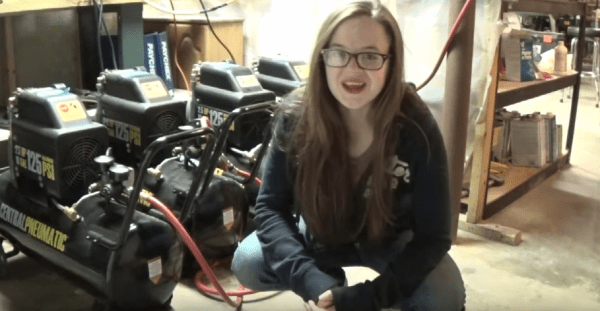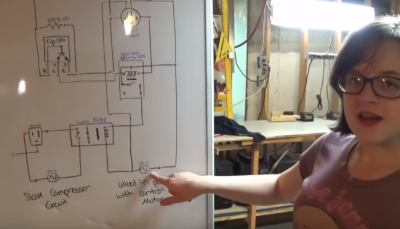If you were to create a Venn diagram of Hackaday readers and oscilloscope owners the chances are the there would be a very significant intersection of the two sets. Whether the instrument in question is a decades-old CRT workhorse or a shiny modern digital ‘scope, it’s probably something you’ll use pretty often and you’ll be very familiar with its operation.
An oscilloscope is a very complex instrument containing a huge number of features. Modern ‘scopes in particular bring capabilities through software unimaginable only a few years ago. So when you look at your ‘scope, do you really know how to use its every feature? Are you getting the best from it, or are you only scratching the surface of what it can do?
[Alan Wolke, W2AEW] is an application engineer at Tektronix, so as you might expect when it comes to oscilloscopes he knows a thing or two about them. He’s spoken on the subject in the past with his “Scopes for Dopes” lecture, and his latest video is a presentation to the NJ Antique Radio Club which is a very thorough exploration of using an oscilloscope. The video is below the break and at an hour and twenty minutes it’s a long one. We make no apologies for that, for it should be fascinating in its entirety for any oscilloscope owner. Even if you find yourself nodding along to most of what he’s saying there are sure to be pearls of ‘scope wisdom in there you weren’t aware of.
Continue reading “[Alan Wolke]’s How To Use An Oscilloscope”








 The Arduino’s GPIO pins can’t handle 9 amp AC loads, so [Hannah] wired them to TIP120 transistors. The TIP120s drive low power relays, which in turn drive high current air conditioning relays. The system works quite well, as can be seen in the video below the break.
The Arduino’s GPIO pins can’t handle 9 amp AC loads, so [Hannah] wired them to TIP120 transistors. The TIP120s drive low power relays, which in turn drive high current air conditioning relays. The system works quite well, as can be seen in the video below the break.








